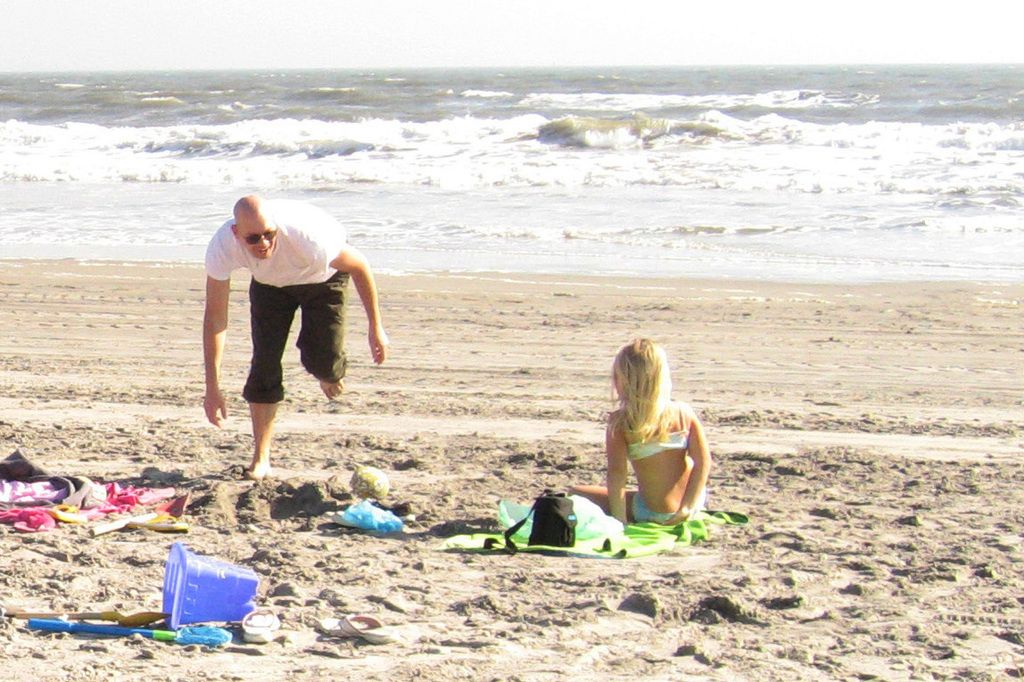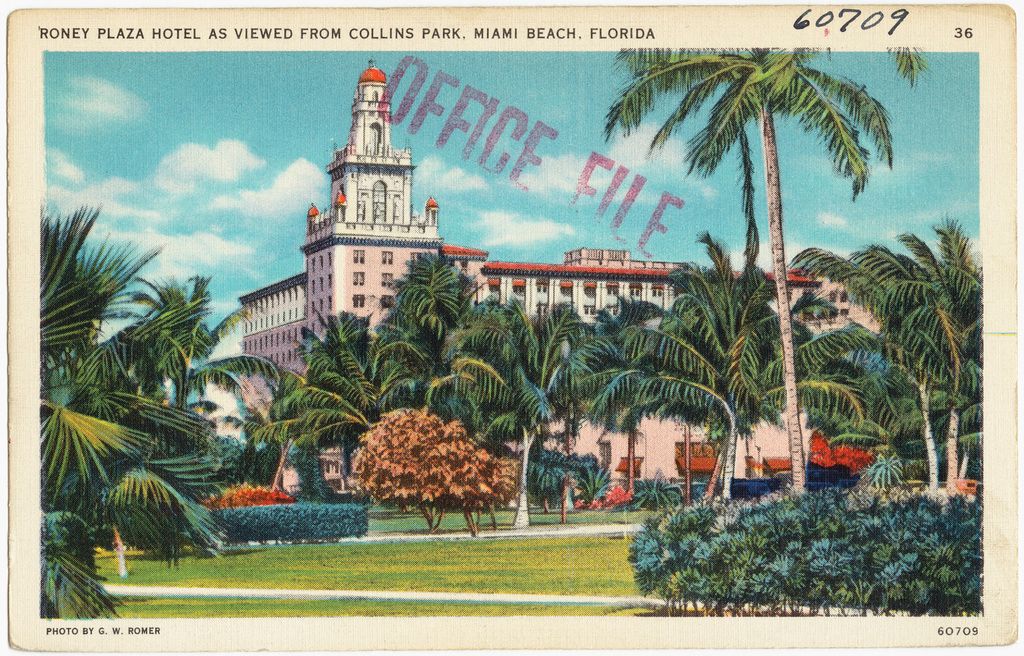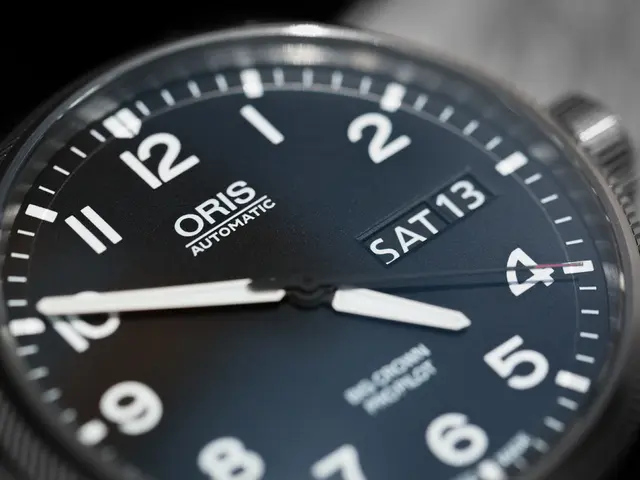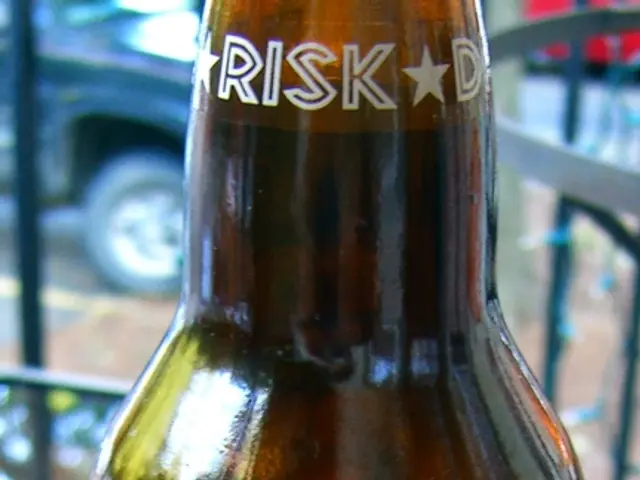Prehistoric Sea Cow Suffers Gruesome Attack by Crocodylian and Shark, Carved into Stone Forever
Once upon a time, in the heart of the Middle Miocene, a hapless sea cow was having a day it would never forget. This unfortunate creature, now fossilized, became a testament to an epic bout with two fearsome predators - a shark and a crocodylian.
The partially intact skull and 18 vertebrae, discovered in the Agua Clara Formation of modern-day Venezuela, are currently on display at the Museo Paleontológico de Urumaco. A team of paleontologists, led by Aldo Benites-Palomino, a Ph.D. candidate at the University of Zurich, made the fascinating discovery. Upon closer inspection, they identified several large and well-preserved bite marks on the remains.
Upon examination, the bite marks could be categorized into three distinct groups. Two categories were characteristic of a crocodylian bite, with signs of a slashing motion implying the reptile deployed a deadly death roll, much like contemporary crocodiles do to dismember their prey. The third category was unique, and the researchers concluded it was inflicted by Galeocerdo aduncus, an ancient relative of the tiger shark.
Interestingly, the bite marks weren't made at the same time. It seems the croc delivered the first fatal bite, while the shark swooped in later as a scavenger, pickings bones from the corpse. However, the researchers noted that due to the fragmentary nature of the specimen, alternative scenarios could not be entirely ruled out.
In a study published in the Journal of Vertebrate Paleontology, the researchers emphasized that much of what we know about ancient feeding habits is derived from such fossil evidence, albeit with limitations. Findings like these contribute crucial pieces to the prehistoric puzzle, offering invaluable insights into our past.
Sadly, the story doesn't end well for the sea cow's modern-day counterparts. Despite being removed from the Endangered List in 2017, manatees continue to face challenges, particularly in Florida, due to human-induced environmental degradation. It's a grim reminder that humans remain the apex predators, causing more harm than most other species.
As for the Miocene, it was a period marked by diverse ecosystems supporting intricate predator-prey relationships. Marine life thrived, and the complex food webs of this era bore a striking resemblance to the ecosystems we see today. Climate and environmental changes likely influenced species distribution and prey availability, impacting predator distribution as well.
The future of marine life resemblance to the Miocene era is uncertain, as modern-day sea cows, like manatees, face challenges due to human actions in locations such as Florida. The study, published in the Journal of Vertebrate Paleontology, highlights how fossil discoveries like the Agua Clara sea cow remain essential for understanding the past, despite limits in our knowledge.
This crucial understanding of the past can extend to future predictions, using modern sciences like technology and advanced paleontology. Researchers in Zurich, exemplified by Aldo Benites-Palomino, are making substantial contributions to this field.
Employing advanced technology and paleontology methods, they investigate fossils to learn more about prehistoric eating habits and interactions between species. For instance, the shark and crocodylian predation on the Agua Clara sea cow.
With technological advancements, the exploration of hidden depths like the seabed might reveal even more exciting discoveries about long-extinct marine life. Such discoveries could reshape our perspective on the ancient reaches of science and technology.







